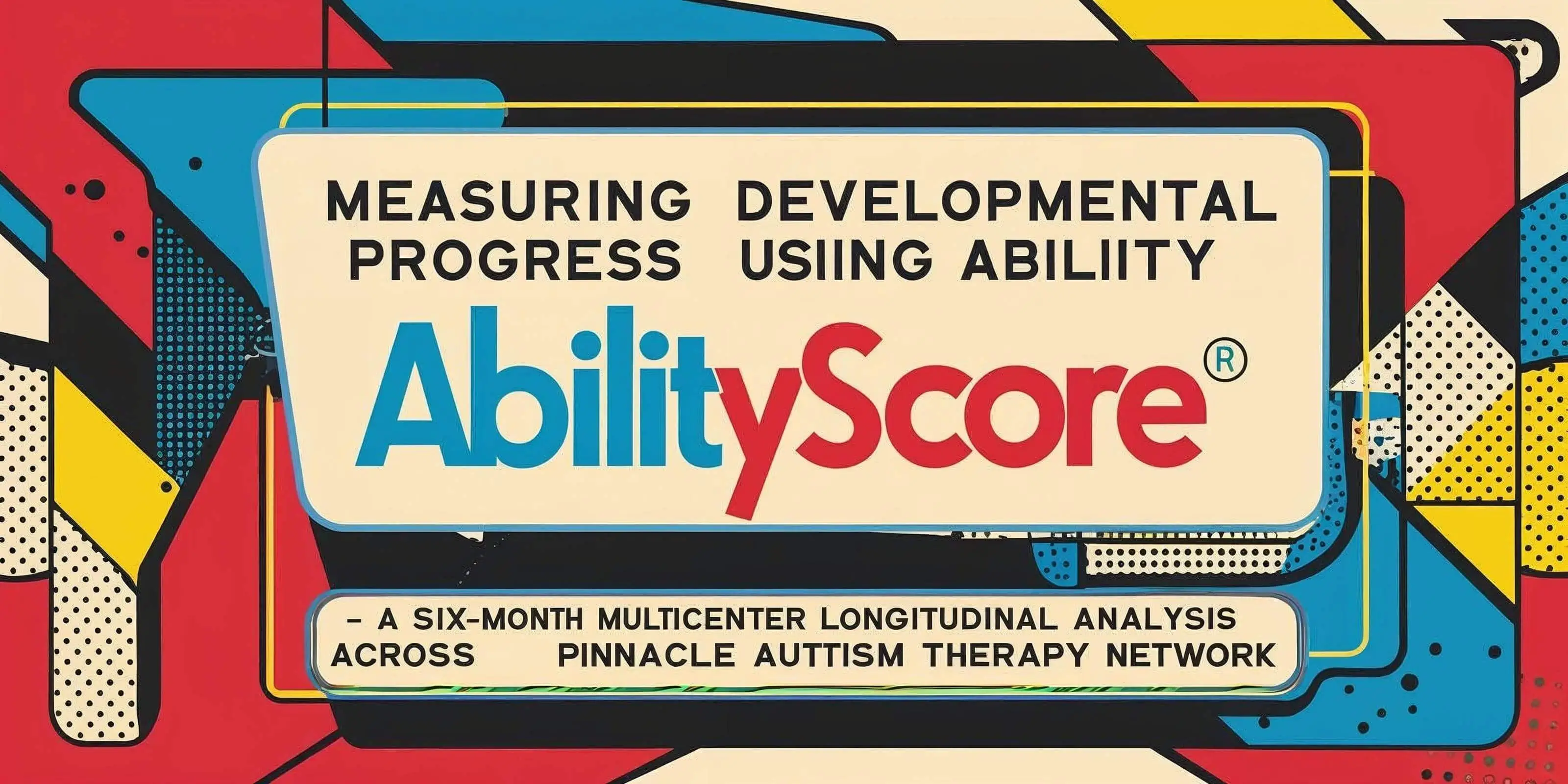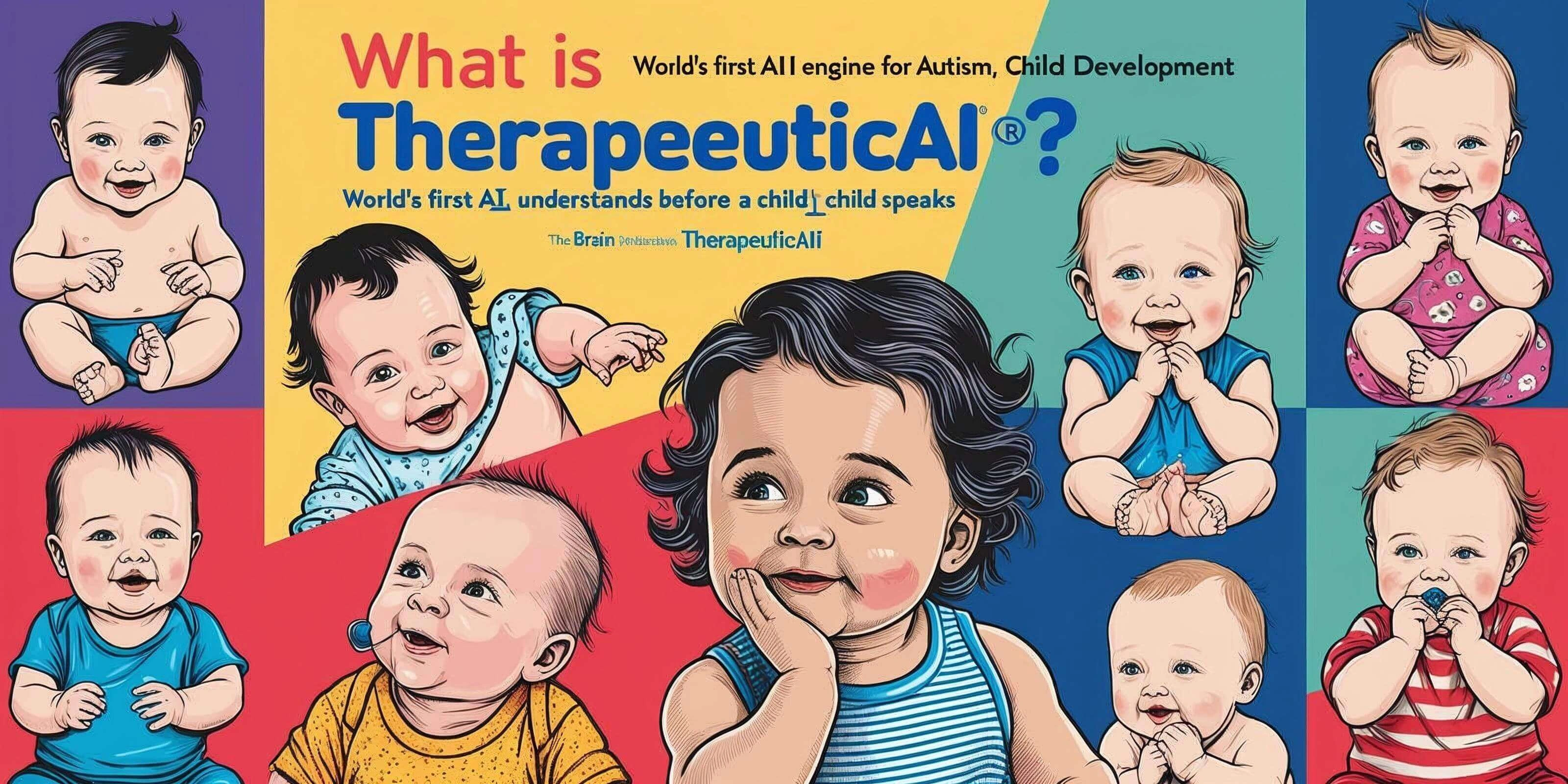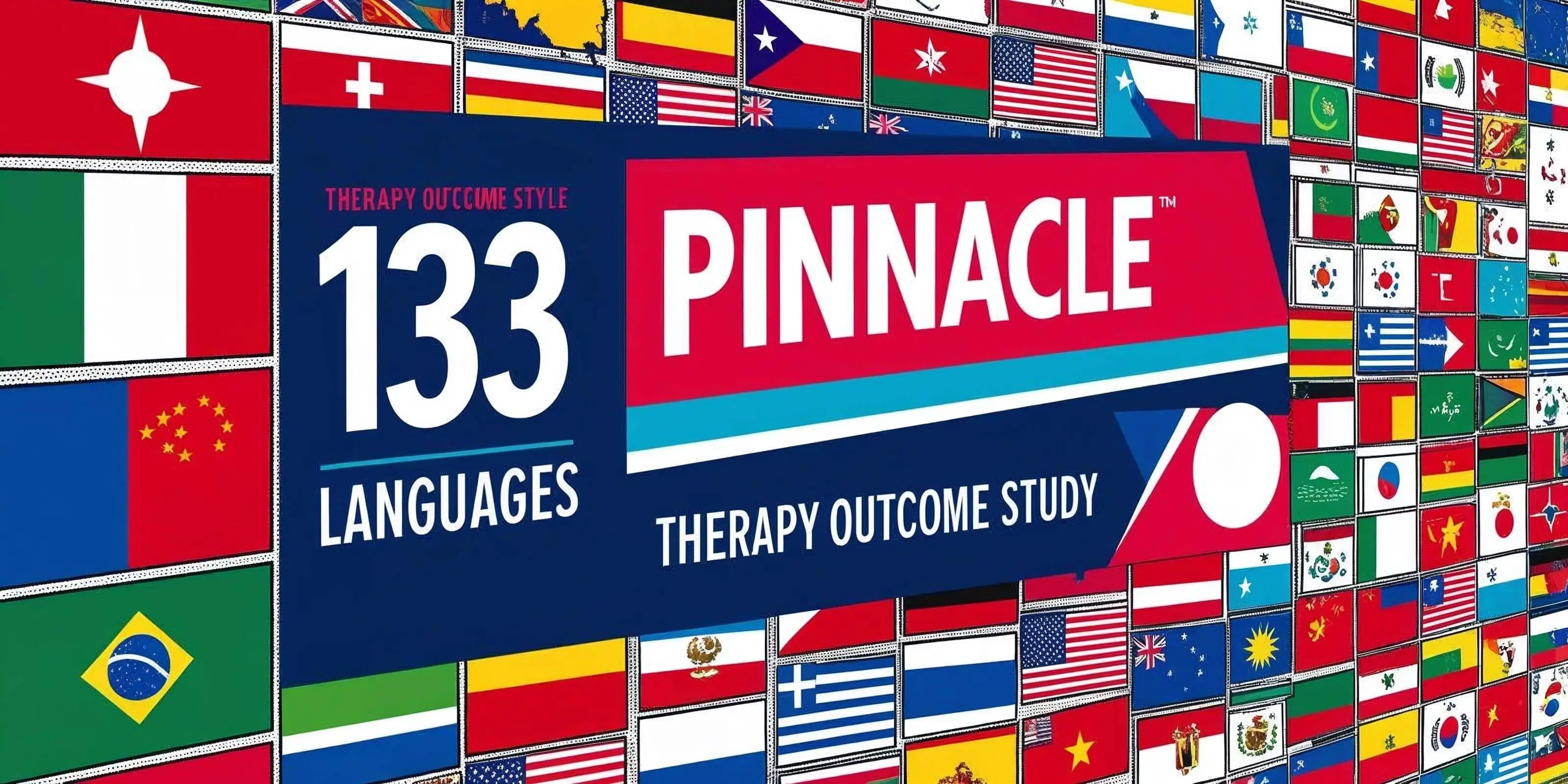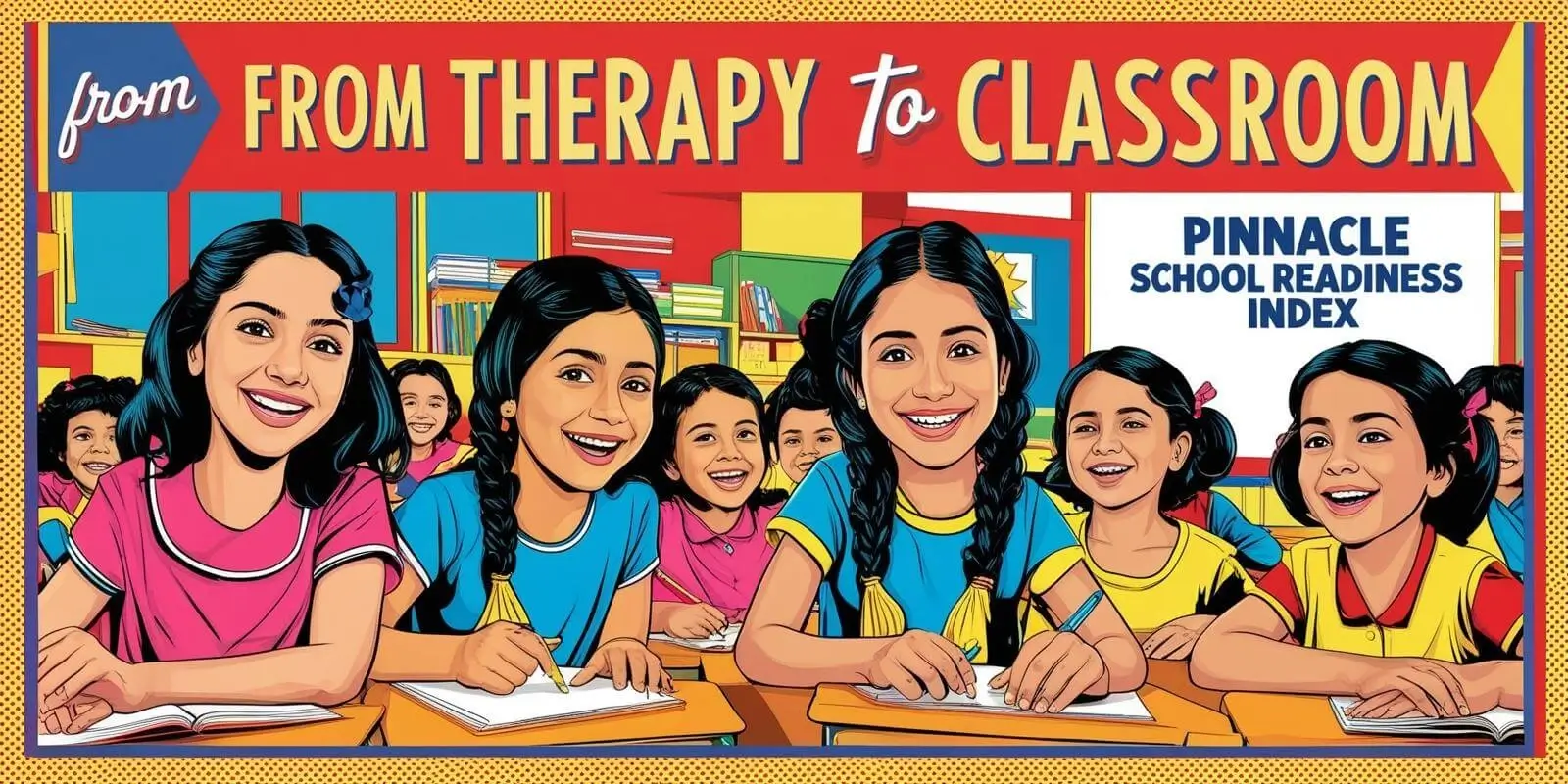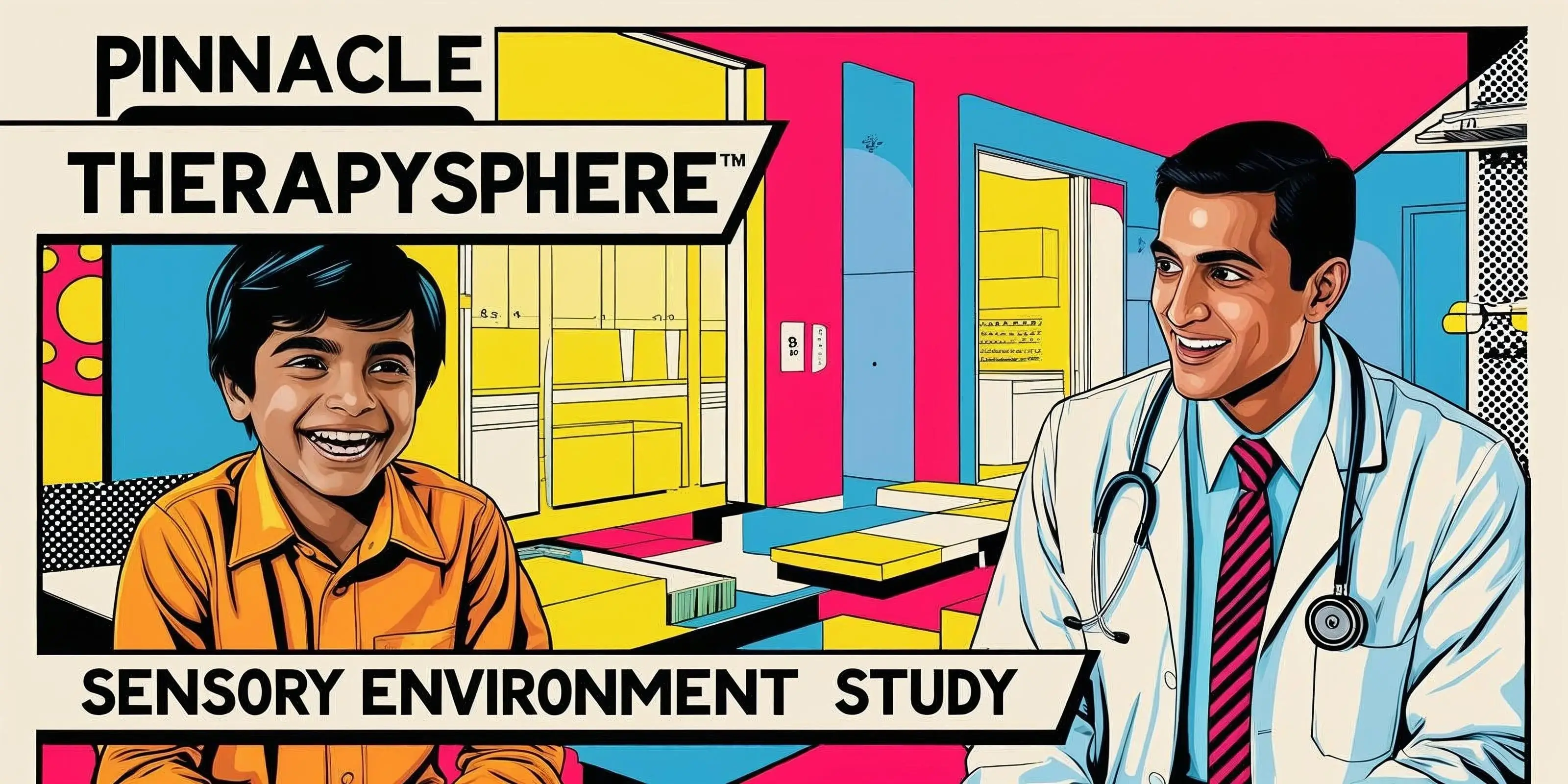
Study 11: Question Comprehension Improvement Study
From Silence to Response: Measuring the Impact of Structured Receptive Language Therapy on Question Comprehension and Processing Time in Children with Developmental Delays
1. Executive Summary
This study evaluates the effect of focused receptive language therapy on one of the most challenging cognitive-linguistic abilities in child development: question comprehension.
Using structured assessments and therapist-tracked latency, we measured gains in accuracy and response speed after six months of therapy across 60 children.
- Accuracy improved from 48.4% to 74.9% — a +26.5 point gain
- Average response time decreased from 9.0 to 5.6 seconds — a 3.4-second gain
- Gains were consistent across children with speech delay, autism, and mixed receptive-expressive disorders
These results validate Pinnacle’s structured language therapy protocol as a breakthrough model in helping nonverbal and language-delayed children understand and process verbal input.
2. Study Objective
To evaluate whether Pinnacle’s structured receptive language intervention leads to:
- Improved comprehension of what, where, who, why, and when questions
- Faster verbal processing (as measured by therapist-recorded latency)
3. Study Design & Methodology
Design:
Quantitative, skill-focused cohort study over a 6-month intervention period.
Sample:
- 60 children (ages 3–9)
- Diagnosed with speech delay, receptive language disorder, or ASD with language processing deficits
Instruments:
- 10 standardized comprehension questions administered monthly
- Accuracy tracked (0–100%)
- Latency: seconds taken to respond after prompt, averaged over 3 trials
Therapy Framework:
- Daily receptive language drills using Pinnacle’s Expressive+Receptive curriculum
- Question Training Pyramid™: a Pinnacle protocol that builds comprehension from object ID → function → two-step WH questions
- Integrated into AbilityScore® under language cluster domains
Ethics Note:
All interventions were conducted as part of regular therapy after informed parental consent. No personally identifiable data was collected. Review exemption was obtained from Pinnacle’s Internal Research Oversight Panel.
4. Results Summary
| Metric | Value |
|---|---|
| Initial Accuracy (%) | 48.42 |
| Final Accuracy (%) | 74.87 |
| Accuracy Gain (%) | +26.45 |
| Initial Latency (seconds) | 9.02 |
| Final Latency (seconds) | 5.64 |
| Latency Gain (seconds) | +3.39 |
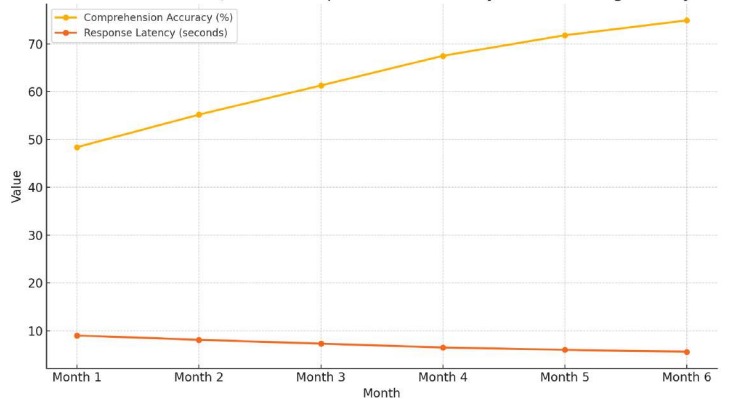
Figure 1 – 6-Month Trend in Question Comprehension Accuracy and Processing Latency
Statistical Note: Results are descriptive in nature. Future expansion will include inferential statistical testing with significance levels (e.g., p-value < 0.05). Standard deviation of final accuracy scores: ±6.3%. Latency reduction: consistent across 82% of participants.
5. Interpretation
-
Significant language comprehension improvement:
Children who previously misunderstood or failed to respond to questions began identifying characters, locations, and causes by the fourth month. -
Faster cognitive processing:
Reduced latency implies children are not just guessing faster — they are processing faster and more accurately. -
Cross-diagnosis effectiveness:
Progress was observed across children with ASD, global developmental delay, and auditory comprehension deficits, indicating a robust, diagnosis-agnostic methodology.

6. Parent Narratives
“He used to stare blankly when we asked ‘Where is the apple?’ Now he runs to the kitchen and points.”
— Ananya, mother of 5-year-old boy with speech delay, Vijayawada
“‘What is your name?’ used to be met with silence. Now he smiles and says ‘Rohan’. That one word changed our home.”
— Prakash, father of 7-year-old child with mixed expressive-receptive delay, Chennai
“My child now answers ‘Why do we wear shoes?’ with ‘Because glass on road.’ That’s logic. That’s understanding. That’s Pinnacle.”
— Meenakshi, Speech-Language Therapist, Pinnacle Hyderabad
7. Scientific Context
Question comprehension is typically one of the last language skills to emerge in children with speech and developmental delays. Globally:
- It often lags behind expressive speech
- Requires complex integration of vocabulary, syntax, reasoning, and memory
- Is rarely targeted as a standalone skill in standard therapy models
Pinnacle is one of the only therapy systems in the world to:
- Measure comprehension accuracy + latency systematically
- Embed question comprehension directly into its AbilityScore®
- Offer a culturally localized WH framework across 16+ Indian languages
Pinnacle’s WH Comprehension Kits™ are designed for accessibility by caregivers with low literacy levels and are available in 16+ Indian languages including Telugu, Hindi, Kannada, Tamil, and Bengali — ensuring cultural and linguistic alignment with the child’s environment.
Compared to global benchmarks (e.g., CELF-5, Peabody Picture Vocabulary Test, Vineland Adaptive Scales), Pinnacle’s Question Training Pyramid™ introduces localized, functional WH comprehension earlier in therapy pathways — an innovation critical in multilingual populations.
8. Limitations & Considerations
- Measurement Bias: All assessments were therapist-administered. To minimize bias, a parallel project using video-assisted scoring validation is underway.
- No Control Group: Due to ethical constraints of withholding therapy, no untreated control was used. However, historical baseline data is being collated for comparative future studies.
- Latency Confounds: Latency can be influenced by attention span, processing delays, or motor planning challenges — not just comprehension. These factors will be controlled in future trials.
- Sample Scope: Limited to 60 participants in 3 urban centers. Expansion to rural and tier-2 settings is ongoing.
9. Future Scope
- Integrate AI-based audio tracking to measure home comprehension gains
- Expand the study to question types beyond WH: yes/no, inferential, negation, reasoning
- Develop Pinnacle Comprehension Index™ as a new global benchmark for language readiness
- Launch Question Comprehension Kits™ for home reinforcement and parent scoring
- Explore negation, Yes/No, and inferential questions to expand the cognitive-linguistic ladder of comprehension
- Publish methodology appendix for transparency and replication by other therapy centers worldwide
10. Policy Recommendations
- Make question comprehension assessment mandatory in all speech and special education programs
- Require therapist training in structured comprehension scaffolding techniques
- Fund multilingual comprehension tools for government schools and low-income therapy centers
- Include comprehension scores in IEPs and early intervention reports
- Incentivize publishing of skill-specific outcome studies (not just generic “speech improved”)
- Submit validated version of Pinnacle’s Comprehension Kits™ and Index to MHRD and NCERT for integration into national early intervention guidelines

11. Conclusion
A child who understands questions can begin to understand the world.
This study proves that with the right tools, even children once thought unreachable can learn to process, respond, and reason — one question at a time.
We didn’t just teach them to answer.
We taught them to understand.
And that changed everything.
Suggested Citation:
Pinnacle Blooms Network. (2025). From Silence to Response: Measuring the Impact of Structured Receptive Language Therapy on Question Comprehension and Processing Time in Children with Developmental Delays. Internal Publication. www.pinnacleblooms.org/research
12. Start Comprehension Training Today
Unlock your child’s understanding. Give them the power to answer — and to think.
- 📌 Book AbilityScore® + Receptive Language Screening: www.pinnacleblooms.org/screening
- 📦 Get access to WH Question Kits™ in your language
- 📞 Call / WhatsApp National Autism Helpline: 9100 181 181
- 🤝 For professional training partnerships: care@pinnacleblooms.org
Would you like this bundled as a journal article submission, AbilityScore® domain enhancement, or integrated into parent literacy campaigns?



